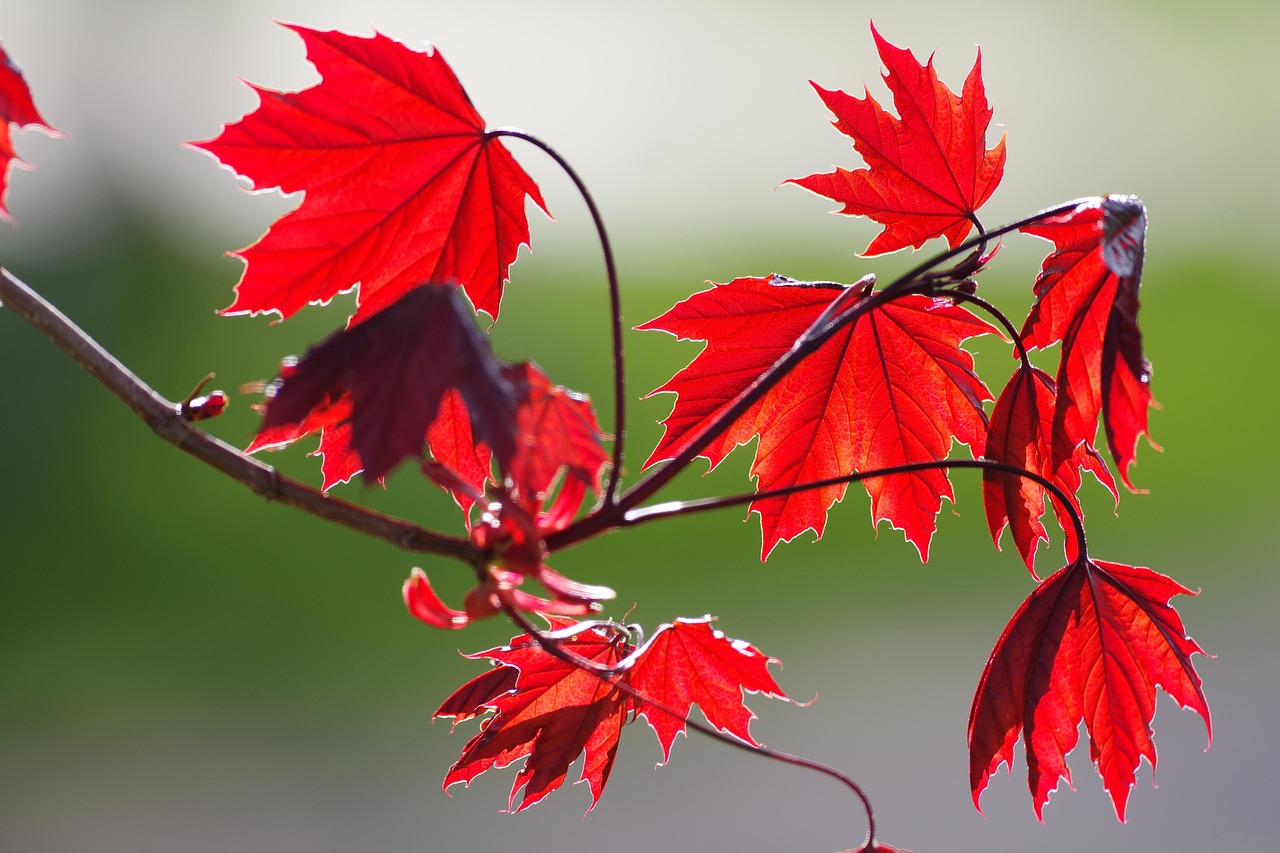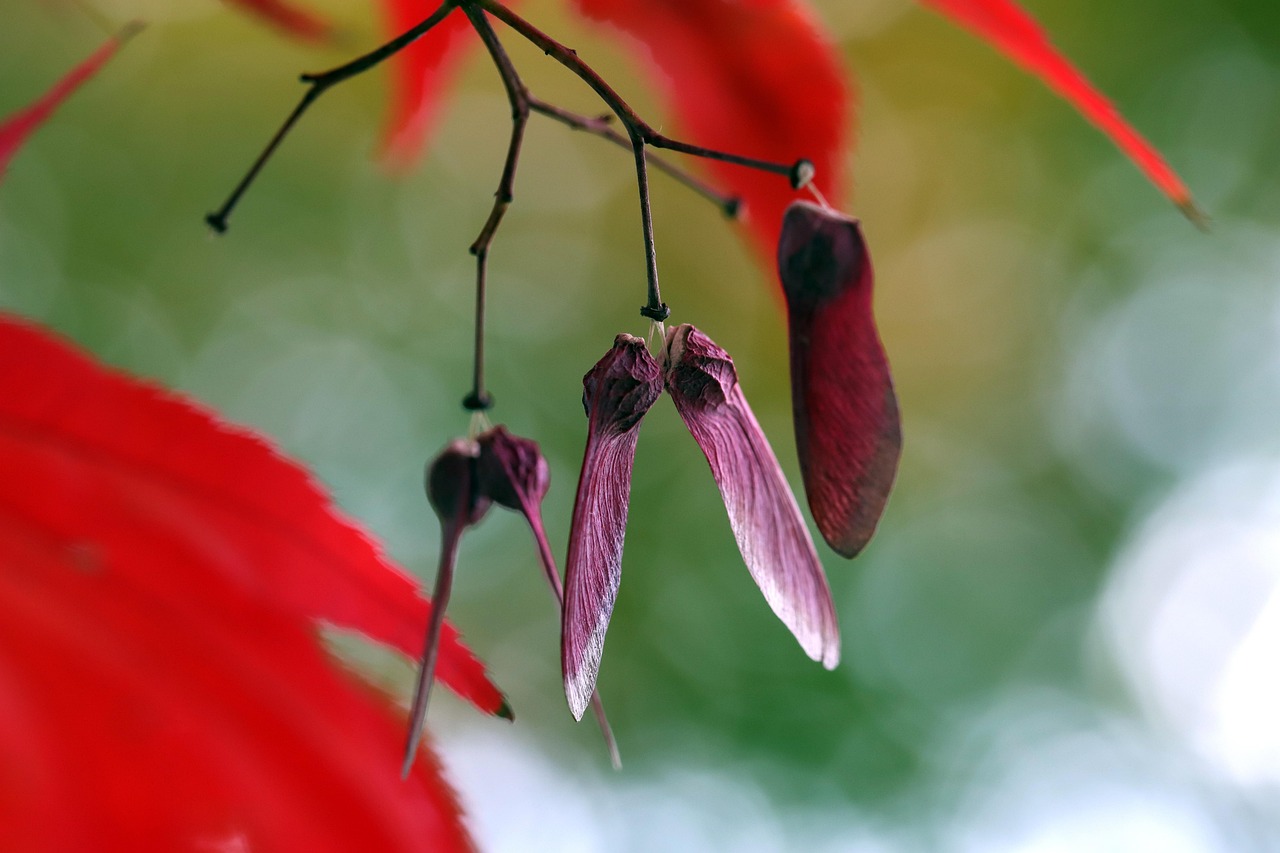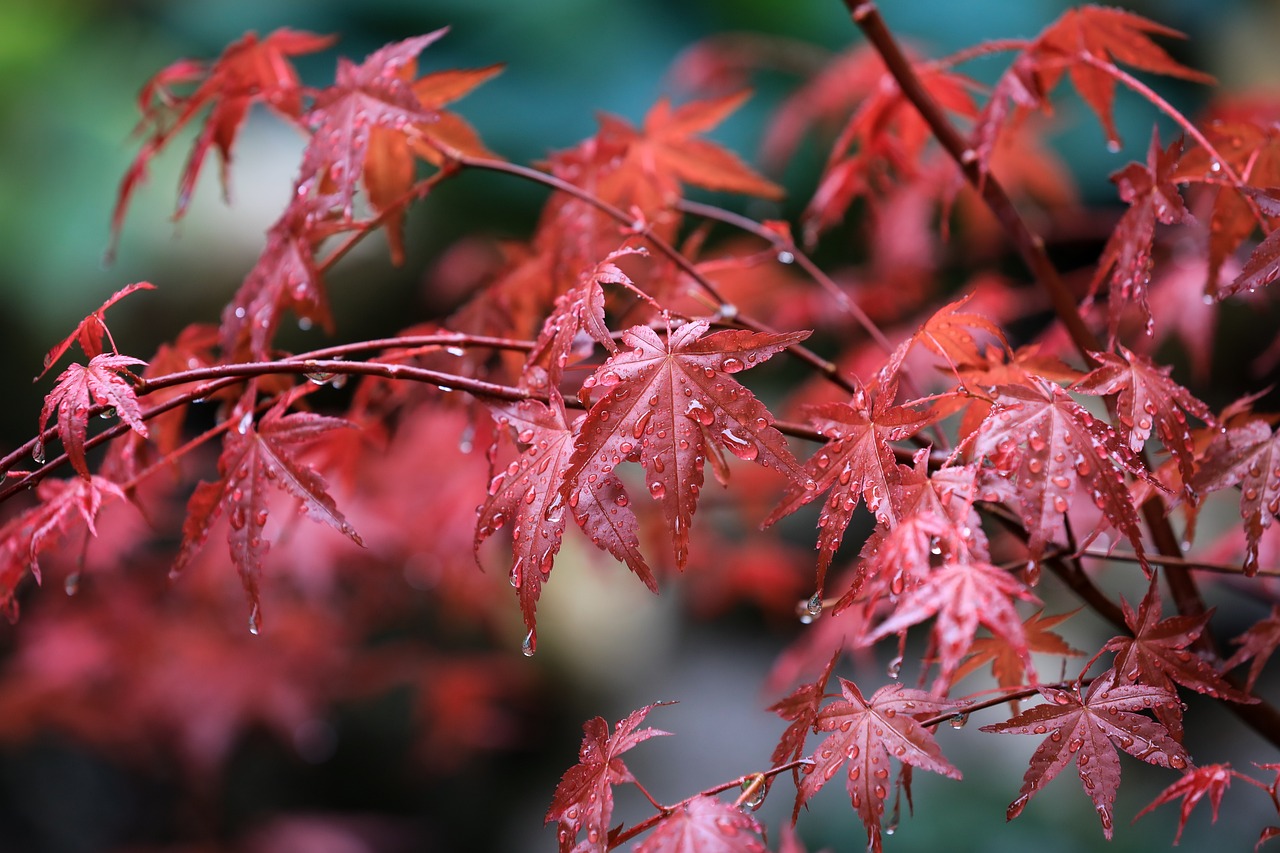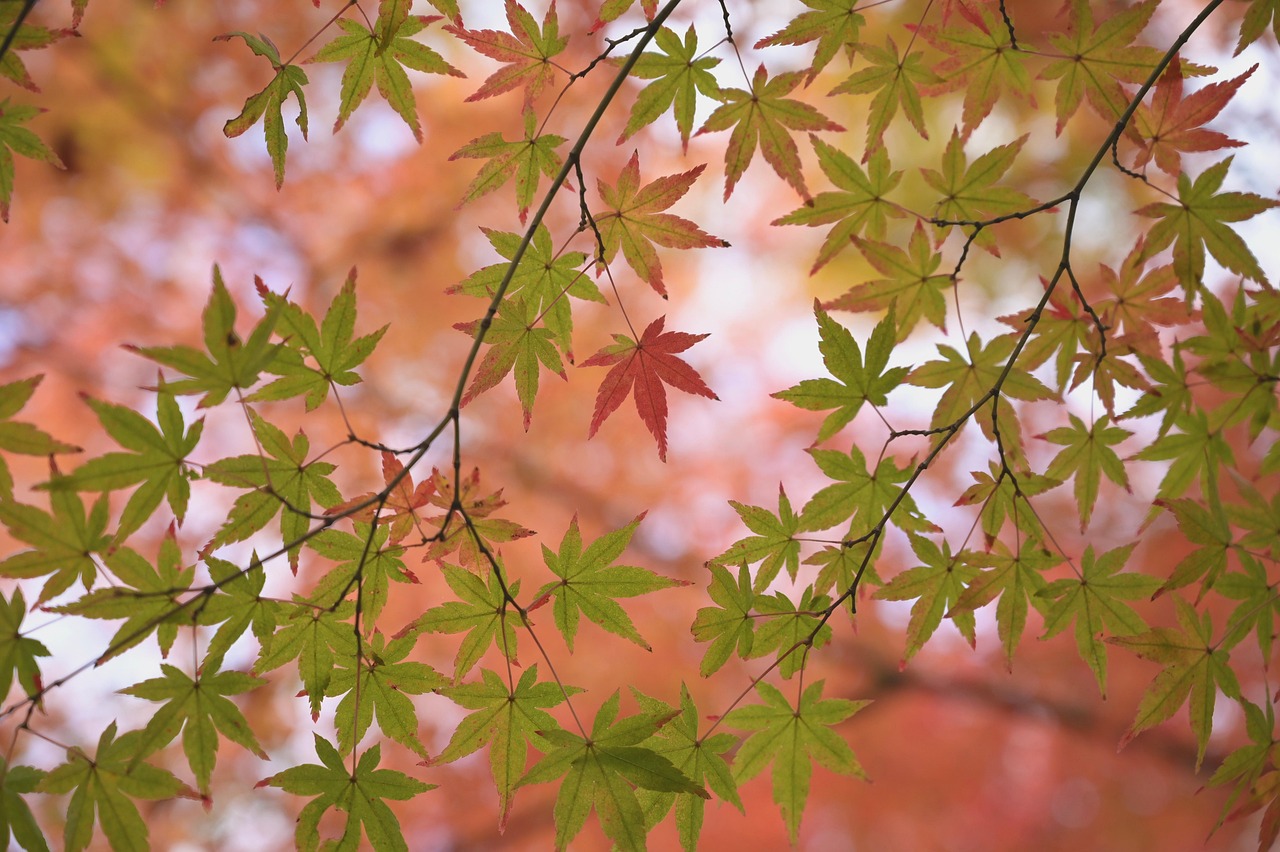To effectively protect your maple trees from squirrels, consider using a combination of physical barriers, natural deterrents, and strategic planting. Installing tree guards, utilizing repellents, and maintaining a clean environment around your trees can significantly reduce squirrel activity.
Squirrels are notorious for their agility and determination when it comes to accessing food sources. Maple trees, in particular, attract these critters due to their sweet sap and abundant seeds. If left unchecked, squirrels can cause significant damage to your trees, including bark stripping and branch nibbling. Understanding effective deterrents and solutions is essential for maintaining the health of your maple trees.
Many homeowners struggle with the challenge of keeping squirrels at bay. These animals are clever and resourceful, often finding ways around common deterrents. Implementing a multi-faceted approach will yield the best results. Below are some effective strategies to deter squirrels from your maple trees:
Effective Strategies for Squirrel Deterrence

Utilizing a variety of methods can help ensure that your maple trees remain protected. Here are some common strategies:
- Physical Barriers: Installing tree guards can physically prevent squirrels from climbing the trunks of your maple trees. These barriers can be made from metal or plastic and should be tall enough to deter climbing.
- Natural Repellents: Certain scents can deter squirrels. Spraying a mixture of water and cayenne pepper or using commercial squirrel repellents with strong odors can help keep them away.
- Clean Surroundings: Keeping the area around your trees free of food sources is crucial. Removing fallen fruit, nuts, and birdseed will reduce the attraction for squirrels.
- Strategic Planting: Planting squirrel-resistant plants nearby may divert their attention away from your maple trees. Consider species that are known to be less appealing to squirrels.
In addition to these strategies, understanding squirrel behavior can further enhance your deterrent efforts. Squirrels are more active during certain times of the year, particularly in spring and fall when they are foraging for food. Knowing this can help you time your deterrent measures effectively.
| Deterrent Method | Effectiveness | Cost |
|---|---|---|
| Tree Guards | High | Moderate |
| Natural Repellents | Moderate | Low |
| Clean Surroundings | High | Low |
| Strategic Planting | Moderate | Variable |
By combining these various methods, you can create an effective defense against squirrel intrusion. Each method has its strengths and weaknesses, and the best results often come from using multiple approaches in conjunction. Remember to monitor your maple trees regularly for any signs of squirrel activity and adjust your strategies as needed.
Understanding Squirrel Behavior
To effectively deter squirrels from your maple trees, it is important to understand their behavior and habits. Squirrels are highly adaptable creatures, and their natural instincts often lead them to forage for food in urban and suburban areas. Recognizing their patterns can help you implement more effective deterrents.
Squirrels are primarily active during the early morning and late afternoon. They are opportunistic feeders, which means they will take advantage of any available food source. This includes seeds, fruits, nuts, and even the sap from maple trees. Understanding these feeding behaviors can help you identify when to be most vigilant in protecting your trees.
Nesting Habits
Squirrels typically build nests in trees or nearby structures. These nests, often made of leaves and twigs, provide shelter and a place to raise their young. Knowing where squirrels prefer to nest can help you identify potential problem areas near your maple trees.
- Tree Nests: Squirrels often create nests high in the branches of trees. They prefer locations that are sheltered from wind and rain.
- Ground Nests: In some cases, squirrels may also create nests on the ground, particularly if there are ample hiding spots nearby.
- Human Structures: Squirrels can take advantage of attics or other sheltered areas in homes and buildings as nesting sites.
Common Squirrel Deterrents
In addition to the previously mentioned methods for protecting your maple trees, several other deterrents can be employed. Here are some common options:
- Motion-Activated Sprinklers: These devices detect movement and release a burst of water, startling squirrels and sending them away from your trees.
- Ultrasonic Repellents: These devices emit high-frequency sounds that are unpleasant for squirrels but inaudible to humans. They can be an effective way to keep squirrels at bay.
- Coyote Urine: Applying coyote urine around the base of your trees can create the illusion of predators in the area, deterring squirrels from approaching.
Homemade Repellent Solutions
If you prefer natural solutions, consider creating homemade repellents. Here are a few recipes that have shown effectiveness:
- Cayenne Pepper Spray: Mix one tablespoon of cayenne pepper with a quart of water. Spray this mixture around the base of your maple trees to create an unpleasant barrier.
- Garlic Spray: Blend a few cloves of garlic with water, strain it, and spray it around the trees. The strong smell can deter squirrels from coming close.
- Vinegar Solution: A mixture of equal parts vinegar and water can be sprayed on tree trunks. The strong scent can act as a repellent.
Planting Squirrel-Resistant Plants
Incorporating certain plants into your garden can help divert squirrels’ attention away from your maple trees. Here are some examples of squirrel-resistant plants:
- Lavender: The strong aroma of lavender is unappealing to squirrels.
- Rosemary: This aromatic herb can deter squirrels while providing culinary benefits.
- Marigolds: These flowers not only add beauty to your garden but also have a scent that repels various pests, including squirrels.
By strategically planting these types of plants around your maple trees, you may create a less inviting environment for squirrels, encouraging them to seek food sources elsewhere.

Incorporating these methods into your squirrel deterrent strategies can enhance your efforts to protect your maple trees. Understanding squirrel behavior, utilizing common deterrents, creating homemade solutions, and planting squirrel-resistant plants will provide a comprehensive approach to safeguarding your valuable trees.
Utilizing Technology for Squirrel Control
In today’s world, technology offers innovative solutions for various challenges, including squirrel control. Incorporating modern devices can enhance your efforts to protect your maple trees. Here are several technological approaches to consider:
Smart Cameras
Installing smart cameras around your property can help monitor squirrel activity. These cameras can capture footage, allowing you to observe when and how squirrels are interacting with your trees.
- Remote Monitoring: Many smart cameras provide real-time alerts to your smartphone, enabling you to act quickly if you notice increased squirrel activity.
- Behavior Analysis: By reviewing the footage, you can identify patterns in squirrel behavior, such as peak activity times or preferred entry points.
- Deterrent Planning: This information can assist you in planning effective deterrent strategies based on observed behaviors.
Motion Sensors
Motion sensor devices can serve multiple purposes in deterring squirrels:
- Sound Emitters: Devices that emit high-frequency sounds when they detect motion can startle squirrels and prevent them from approaching your trees.
- Light Traps: Bright lights that activate upon motion can create an uncomfortable environment for squirrels, encouraging them to stay away.
- Water Sprinklers: As previously mentioned, motion-activated sprinklers can effectively deter squirrels by surprising them with a burst of water.
Professional Squirrel Control Services

If your squirrel problem is severe and DIY methods are not yielding results, it may be time to consider professional assistance. Professional animal control services can provide expertise in managing wildlife issues.
- Assessment: Professionals will assess your property to identify entry points and nesting sites, giving you a clearer understanding of the situation.
- Humane Trapping: Licensed experts can employ humane traps to capture and relocate squirrels without causing harm.
- Exclusion Techniques: Professionals can also recommend long-term exclusion techniques to prevent future infestations.
Choosing the Right Service
When selecting a professional service, consider the following steps:
- Research: Look for local companies with positive reviews and experience in wildlife control.
- Ask Questions: Inquire about their methods to ensure they prioritize humane and eco-friendly practices.
- Get Estimates: Obtain quotes from multiple services to compare pricing and services offered.
The Role of Community Efforts
Squirrel management can also benefit from community collaboration. Engaging with neighbors can amplify your efforts in protecting maple trees and other plants.
- Neighborhood Meetings: Organize gatherings to discuss common issues related to wildlife and share effective deterrent strategies.
- Shared Resources: Pooling resources for deterrents or hiring a professional service together can make prevention more affordable.
- Litter Control Campaigns: Initiating community clean-up days can reduce food sources that attract squirrels, making the entire neighborhood less appealing to them.
By working together, communities can create a more sustainable environment that benefits both residents and local wildlife. Engaging with neighbors not only enhances your squirrel management efforts but also fosters a sense of community responsibility.
The integration of technology, professional services, and community collaboration offers a well-rounded approach to squirrel deterrence. These strategies complement traditional methods and provide new avenues for effective protection of your maple trees.
Understanding Seasonal Challenges

Seasonal changes can significantly affect squirrel behavior and, consequently, your maple trees. Different times of the year present unique challenges and opportunities for deterring squirrels. Here are some insights into how seasons impact squirrel activity:
Spring and Summer
During the spring and summer months, squirrels become more active as they forage for food. This is the time when they seek out young buds and leaves, including those from maple trees. The following strategies can be particularly effective during these seasons:
- Regular Monitoring: Keep an eye on your trees for signs of nibbling or sap loss. Early detection can help you implement deterrents before significant damage occurs.
- Increased Deterrents: Use physical barriers and repellents more aggressively during these months, as squirrels are more likely to invade your trees.
- Pruning: Trim back branches that are close to structures or other trees, which may provide squirrels with easy access to your maples.
Fall and Winter
As fall approaches, squirrels prepare for winter by gathering food and seeking shelter. This is a critical time to protect your maple trees:
- Food Source Management: Remove any fallen nuts or seeds in your yard that may attract squirrels looking to stock up for winter.
- Winter Barriers: Ensure that tree guards and other physical barriers are intact before the cold weather sets in. Squirrels may seek refuge in your trees during winter storms.
- Insulation: Consider insulating young trees with burlap or other materials to protect them from extreme cold and potential squirrel damage.
Long-Term Tree Health Management
Maintaining the overall health of your maple trees is crucial in deterring squirrels. Healthy trees are less attractive to pests and more resilient to damage. Here are steps to consider for long-term tree health:
- Regular Pruning: Prune your maple trees annually to promote growth and remove any dead or diseased branches. This encourages a healthier canopy.
- Fertilization: Apply appropriate fertilizers based on soil tests to ensure that your maples receive essential nutrients, promoting strong growth and sap production.
- Pest Management: Monitor for other pests that may weaken your trees, making them more susceptible to squirrel damage. Use integrated pest management (IPM) techniques for effective control.
Final Thoughts
Protecting your maple trees from squirrels requires a comprehensive approach that combines understanding their behavior, utilizing effective deterrents, and maintaining tree health. By employing a variety of strategies—from physical barriers to community collaboration—you can create a hostile environment for squirrels while fostering thriving maple trees.
Additionally, recognizing seasonal patterns in squirrel activity allows you to tailor your efforts throughout the year, ensuring that your trees remain resilient against potential threats. Investing time in preventive measures will pay off in the long run, preserving the beauty and health of your maple trees.
Ultimately, a proactive stance on squirrel management not only enhances the longevity of your maple trees but also contributes to a balanced ecosystem where both residents and wildlife can coexist harmoniously. By implementing these strategies effectively, you can enjoy the beauty of your maples while minimizing the risks posed by pesky squirrels.
